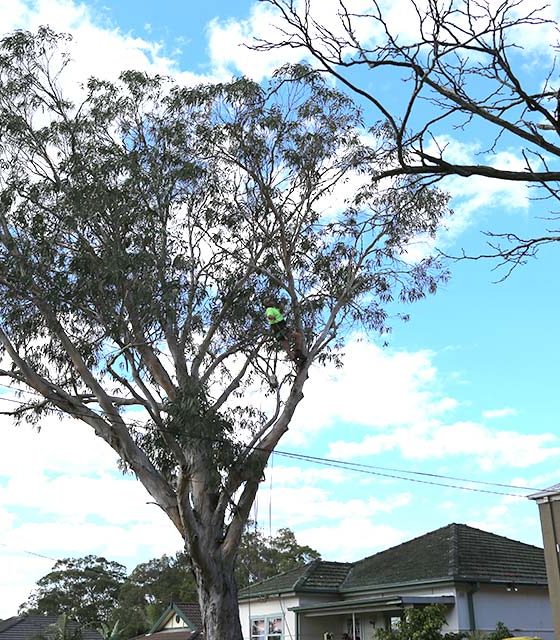
Arborists removing a tree near Brisbane QLD
A tree removal contractor is a company or group of professionals trained to remove trees from their original growing positions. Some of the services rendered by tree removal contractors include:
• Bringing down a tree to stump
• Segmenting the tree trunk to manageable pieces
• Chipping branches and removing scattered debris
• Hauling unwanted parts away.
Costs of tree removal depend on many factors like the largeness of the tree grouped as follows
• 30 feet and under
• 30 – 60 feet
• 60 – 80 feet
• 80 feet ad higher
• Location – Obstruction surrounding the tree-like electric wires, tall buildings.
• Health – Dead and dying trees around
• Equipment to be used – pulleys might be needed for very tall trees to secure branches from injuring people or destroying property.
Some questions to be answered by a Brisbane tree removal contractor before hiring them
For all those Queenslanders searching for tree removal contractor brisbane on google, this section should help guide you in the right direction when selecting the right tree service for the task
• Can they provide an updated certificate of insurance together with a work contract copy? Doing so assures you of proper insurance cover in case of damage, injuries, or accidents.
• What credentials does the tree contractor have? Some of the most recognized credentials include (ISA) International Society of Arboriculture (TCIA) Tree Care Industry Association etc.
• Also, ask for a list of reference. This gives your confidence that you are working with professionals who know and understand their duties.
• How much time will the contractors take to complete the tree removal job? This is very important; some contractors may take less time than others, so depending on your schedule you will know what suits you best.• First impression and customer care matter a lot; we are told not to judge a book by its cover, but the first impression says a lot. It speaks a lot about professionalism. A questionable customer care approach is a clear indication of poor services. You wouldn’t like to get to that point of needing to rehire for uncompleted services. Another way to gauge professionalism is through the company website, content, design, and customer reviews of the company.
• Availability of Tools and Equipment to be used; what kinds of equipment will the staff use? Do they have chainsaws, stump grinders, protective clothing, and all that? How many people are expected in the field? Be well informed on such to avoid being overwhelmed the last minute by a disorganized contractor.
It is important to note that you can use other social tools such as Blogger to search and find local tree services in your area.
Some of the dangers posed during tree removal include
Power lines
Working close to power lines poses a great risk. If anything unexpected happens like your tools hitting power lines, it may knock out power in the neighborhood, or in the worst-case scenario, you may get electrocuted. If working close to wire lines, it’s important to liaise with the electric power providers to ensure safety for all.
Decaying wood
A dying or dead tree decays inside out, which makes it unstable. This kind of tree needs to be handled by a professional because it may collapse anytime without warning.
Gravity
The gravity of a falling tree is unpredictable. Professional tree removers, out of experience, know how to control a tree towards the direction they want it to fall. Poor judgment may be catastrophic; the tree could end up falling on buildings, power lines, or even on people.
Lack of equipment
To ensure total safety, a tree remover should wear protective gear from head to toe. Those using equipment like wood chippers, cranes, ropes, saws should be well trained. Onlookers like neighbors, children, and passersby should ensure they keep off from the site to avoid any accidents from falling branches.
In closing, you should always make sure that your tree services company you choose follow all the tree removal guidelines as set out by your local government council.
